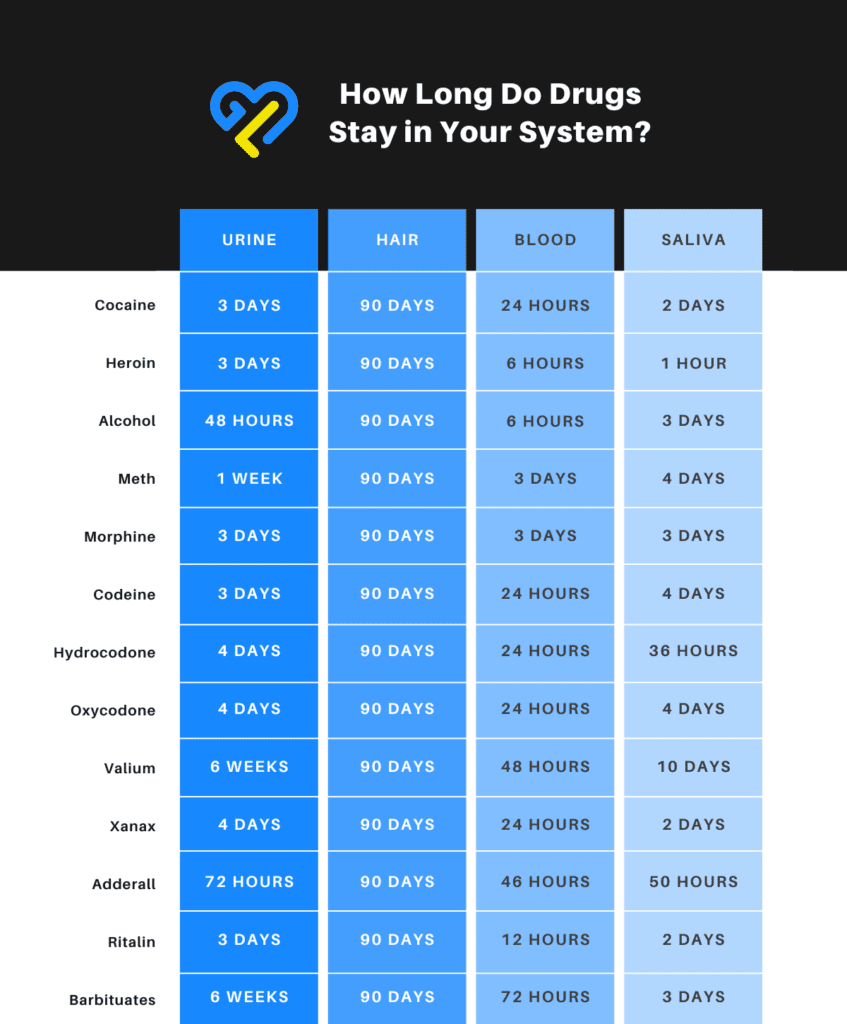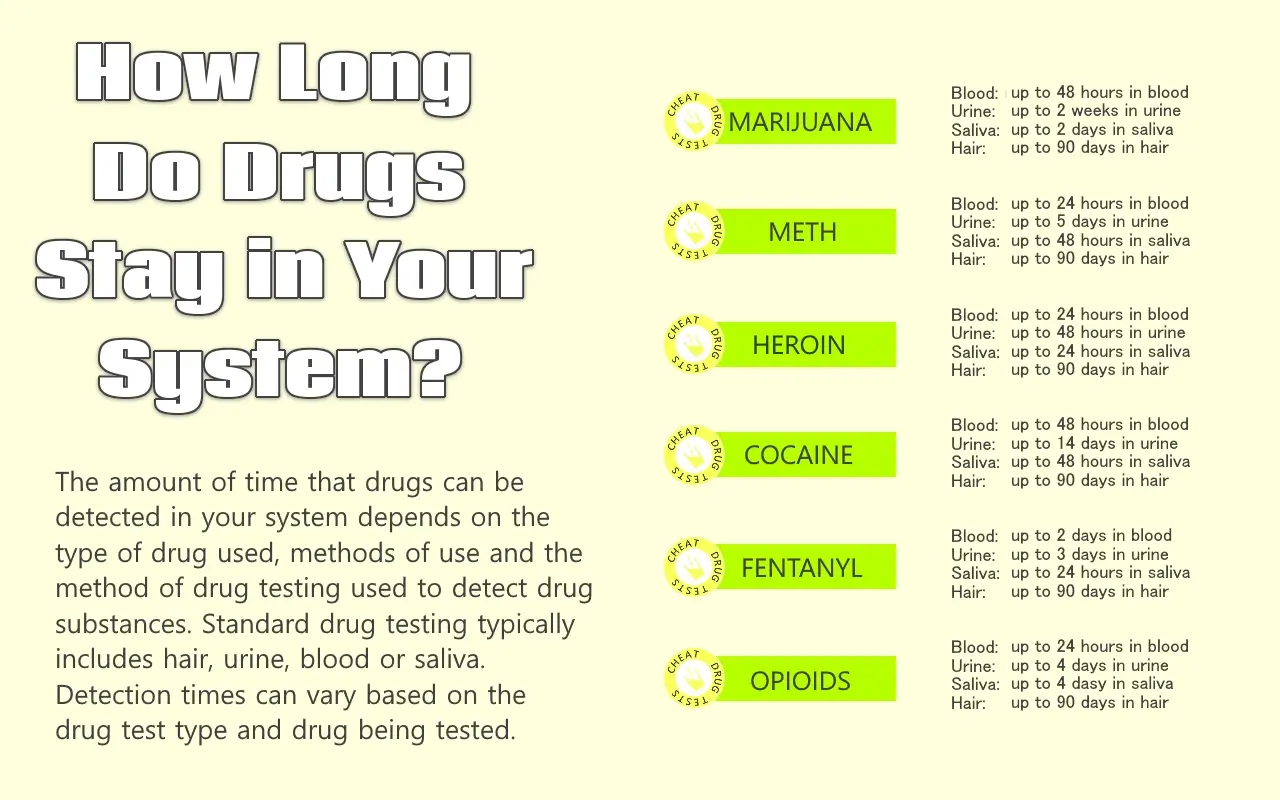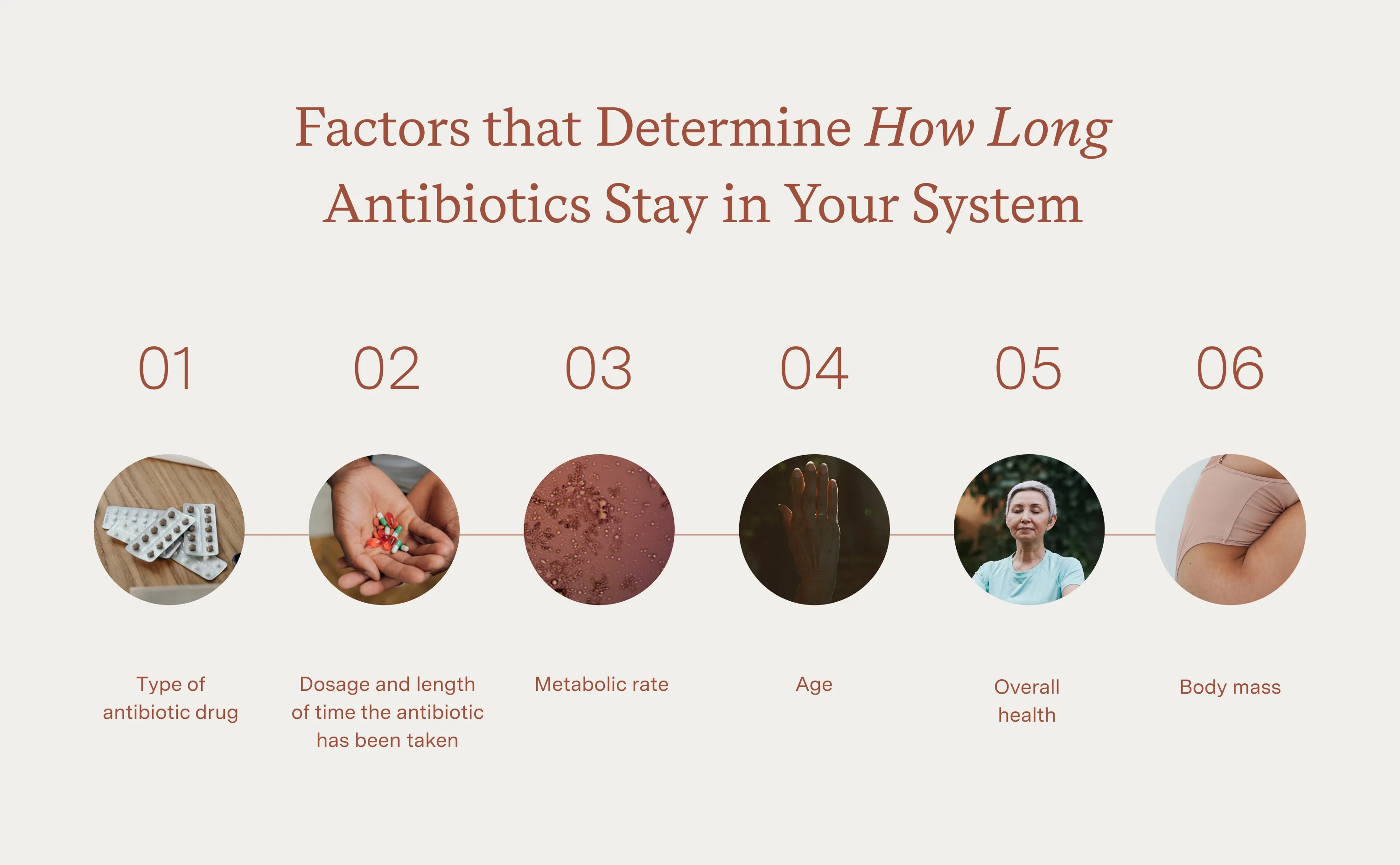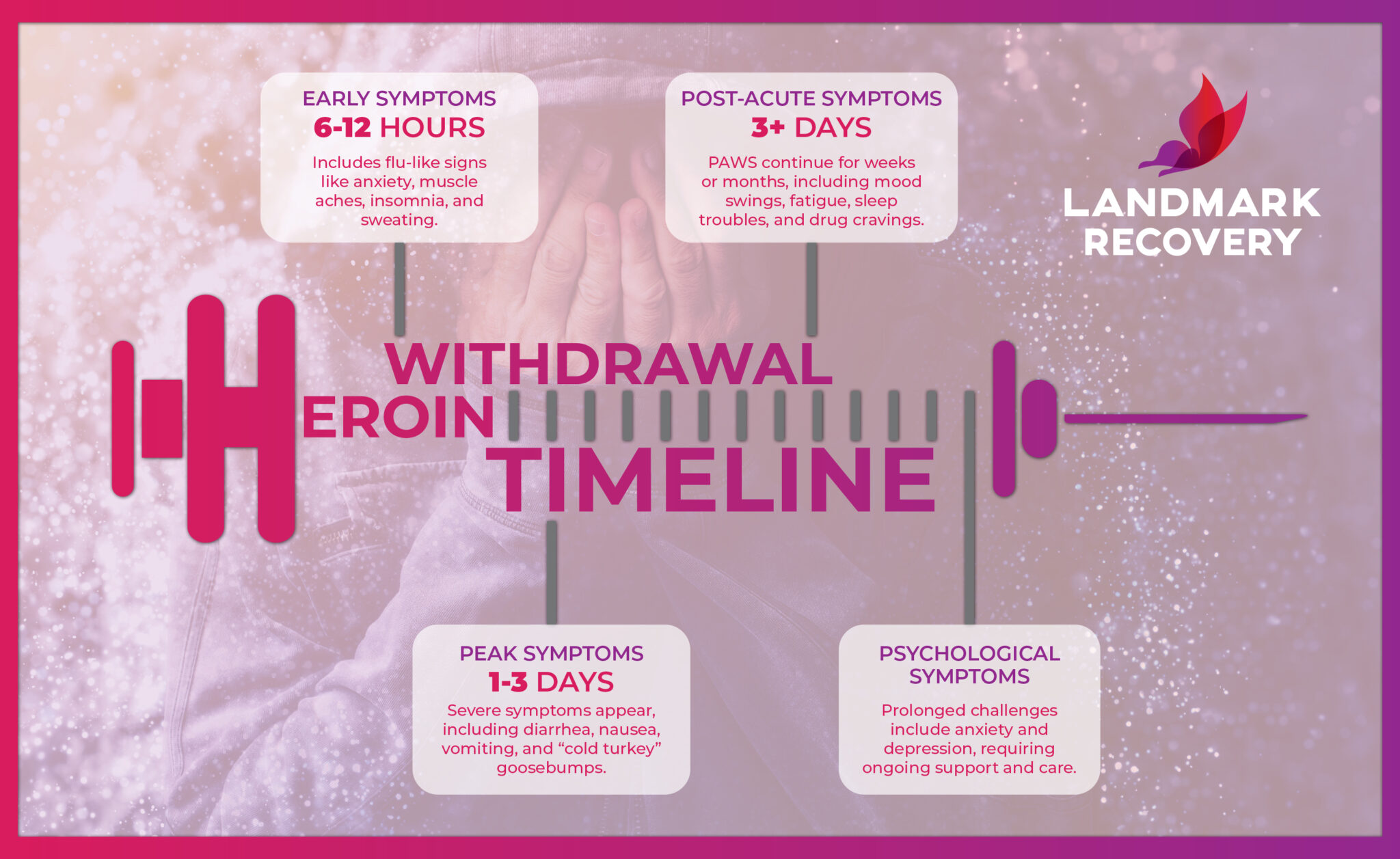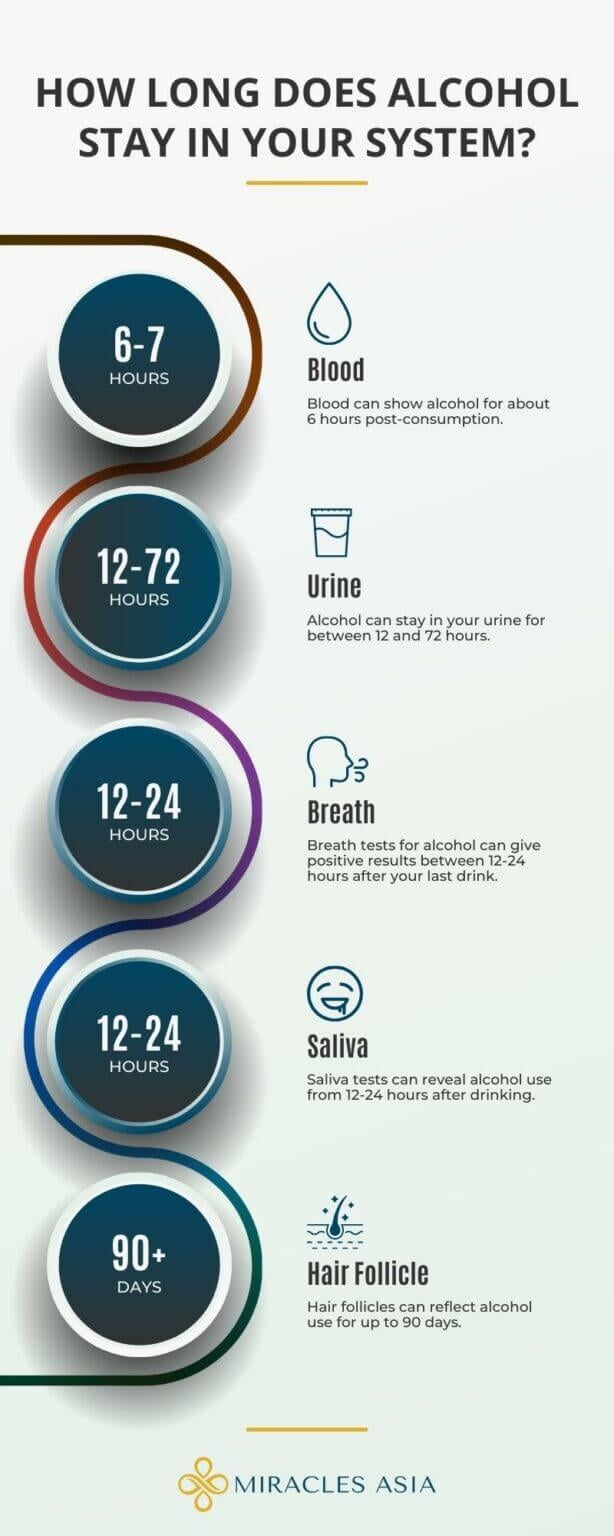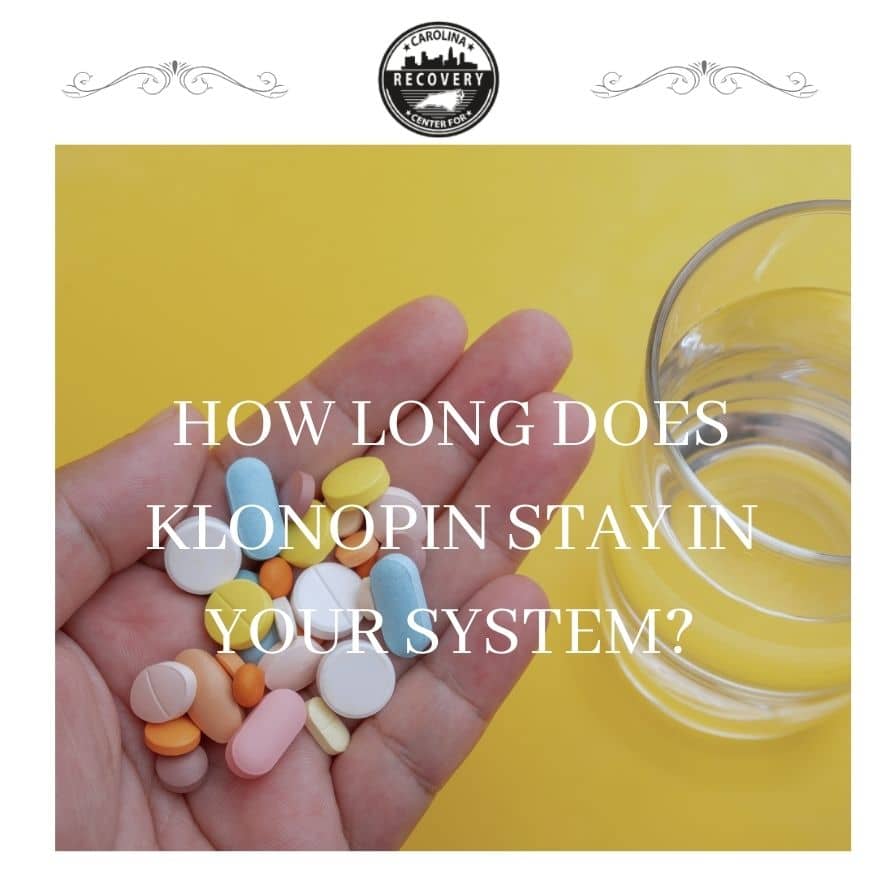How Long Does Anadrol Stay In Your System

The pursuit of enhanced physical performance and aesthetics has led some individuals to explore the use of anabolic-androgenic steroids (AAS). Among these, Anadrol (oxymetholone) stands out for its potent anabolic effects. However, the use of such substances raises significant concerns regarding detection windows and potential health consequences.
Understanding how long Anadrol remains detectable in the body is crucial for athletes subject to drug testing, as well as for individuals making informed decisions about their health. This article delves into the detection timelines of Anadrol, factors influencing its persistence in the system, and the implications of its use, relying on scientific literature and expert opinions.
What is Anadrol?
Anadrol, also known as oxymetholone, is a synthetic AAS derived from dihydrotestosterone (DHT). It is a Schedule III controlled substance in many countries, including the United States, due to its potential for misuse and associated health risks.
Originally developed to treat conditions like anemia and osteoporosis, Anadrol gained popularity in the bodybuilding community for its ability to rapidly increase muscle mass and strength. Its mechanism of action involves increasing red blood cell production and promoting protein synthesis.
Detection Window: The Basics
The detection window for a substance refers to the period during which it can be identified in biological samples, such as urine, blood, or hair. For Anadrol, the detection window is relatively short compared to some other AAS.
Generally, Anadrol and its metabolites are detectable in urine for approximately 6-8 weeks. This timeframe can vary depending on individual factors and the sensitivity of the testing method employed.
Factors Influencing Detection Time
Several factors can influence how long Anadrol remains detectable in the body. These include dosage, frequency of use, individual metabolism, and the specific testing methodology.
Dosage and Frequency
Higher dosages and more frequent use of Anadrol will generally lead to a longer detection window. This is because the body needs more time to metabolize and eliminate the substance from the system.
Smaller, infrequent doses may result in a shorter detection period, but this is not a guarantee of evading detection.
Individual Metabolism
Metabolism plays a crucial role in how quickly the body processes and eliminates Anadrol. Factors such as age, liver function, and genetics can influence metabolic rate.
Individuals with faster metabolisms may clear Anadrol more quickly than those with slower metabolisms. However, this difference is not always significant enough to drastically alter the detection window.
Testing Methodology
The sensitivity of the drug testing method used can also impact the detection window. More sensitive tests can detect lower concentrations of Anadrol and its metabolites, potentially extending the detection period.
Gas chromatography-mass spectrometry (GC-MS) is a common method used to detect AAS in urine samples. High-resolution mass spectrometry (HRMS) is even more sensitive and can detect substances at lower concentrations.
Health Risks Associated with Anadrol Use
It is crucial to recognize the potential health risks associated with Anadrol use. These risks can be significant and potentially long-lasting.
Anadrol is known to be hepatotoxic, meaning it can damage the liver. Prolonged use can lead to serious liver conditions, including peliosis hepatis and liver tumors.
Other potential side effects include cardiovascular issues, such as increased blood pressure and cholesterol levels. It can also cause hormonal imbalances, leading to gynecomastia (breast enlargement in males) and suppression of natural testosterone production.
Dr. Harrison Pope, a professor of psychiatry at Harvard Medical School and a leading expert on AAS, has extensively documented the psychological and physical consequences of steroid use. He emphasizes the importance of understanding the risks and making informed decisions.
Anadrol and Anti-Doping Regulations
Anadrol is a prohibited substance under the regulations of most major sporting organizations, including the World Anti-Doping Agency (WADA) and the United States Anti-Doping Agency (USADA).
Athletes who test positive for Anadrol face severe penalties, including suspension from competition and loss of medals. The penalties are designed to deter the use of performance-enhancing drugs and maintain fair play.
WADA continuously updates its list of prohibited substances and methods, reflecting the latest scientific advancements and addressing emerging doping trends. Athletes are responsible for knowing and complying with these regulations.
Beyond Detection: Long-Term Effects
Even after Anadrol is no longer detectable, the long-term effects of its use can persist. These effects can impact various aspects of health and well-being.
Cardiovascular damage, hormonal imbalances, and psychological issues can linger long after Anadrol use has ceased. The severity and duration of these effects vary depending on the individual and the extent of their use.
Individuals who have used Anadrol should undergo regular medical check-ups to monitor their health and address any potential long-term consequences. Early detection and intervention can help mitigate the risks.
Conclusion
The detection window for Anadrol in urine is typically 6-8 weeks, but this can be influenced by several factors. Understanding these factors is crucial for athletes subject to drug testing and for individuals considering the use of this substance.
Ultimately, it is essential to weigh the potential benefits of Anadrol against the significant health risks associated with its use. Informed decision-making, based on accurate information and expert advice, is paramount.
Future research should focus on developing more sensitive and specific detection methods for AAS and on elucidating the long-term health consequences of their use. This knowledge will help to better protect the health and integrity of athletes and the general public.




